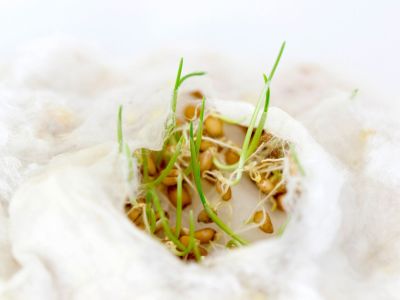Terms Related to How to Germinate Seeds
Viability– When talking about seed germination, viability will refer to the chance that the seed will be able to germinate. Some seeds can sit for years and still have a high viability. Other seeds, though, may lose viability within hours of being removed from the fruit. Dormancy– Some seeds need to have a certain amount of rest time before they can be germinated. A seed’s period of dormancy sometimes also coincides with a stratification process. Stratification– Oftentimes when someone refers to stratification, they are referring to the process of cold treating a seed in order to break its dormancy, but on a broader level, stratification can also refer to any process used to help a seed germinate. Forms of stratification can include exposure to acid (artificially or within the stomach of an animal), scratching the seed coat or cold treatment. Cold treatment– Some seeds need to be exposed to a certain period of cold in order to break their dormancy. The temperature and length of cold needed to complete the cold treatment will vary depending on the seed variety. Scarification– This refers to the process of literally damaging the seed coat. Some seeds are so well protected by their seed coat that the seedling is not able to break through it on its own. Sandpaper, knives, or other methods can be used to nick the seed coat to allow a place where the seedling can break through the seed coat. Pre-soaking– Like scarification, pre-soaking helps to soften the seed coat of the plant, which both speeds up germination and increases the viability of the seeds planted. Many seeds, even if it is not stated in their steps of seed germination, will benefit from pre-soaking. Light needed germination– While many seeds need to be placed under the soil in order to germinate, there are some that actually need light in order to germinate. Burying these seeds below the soil will keep them from germinating.
